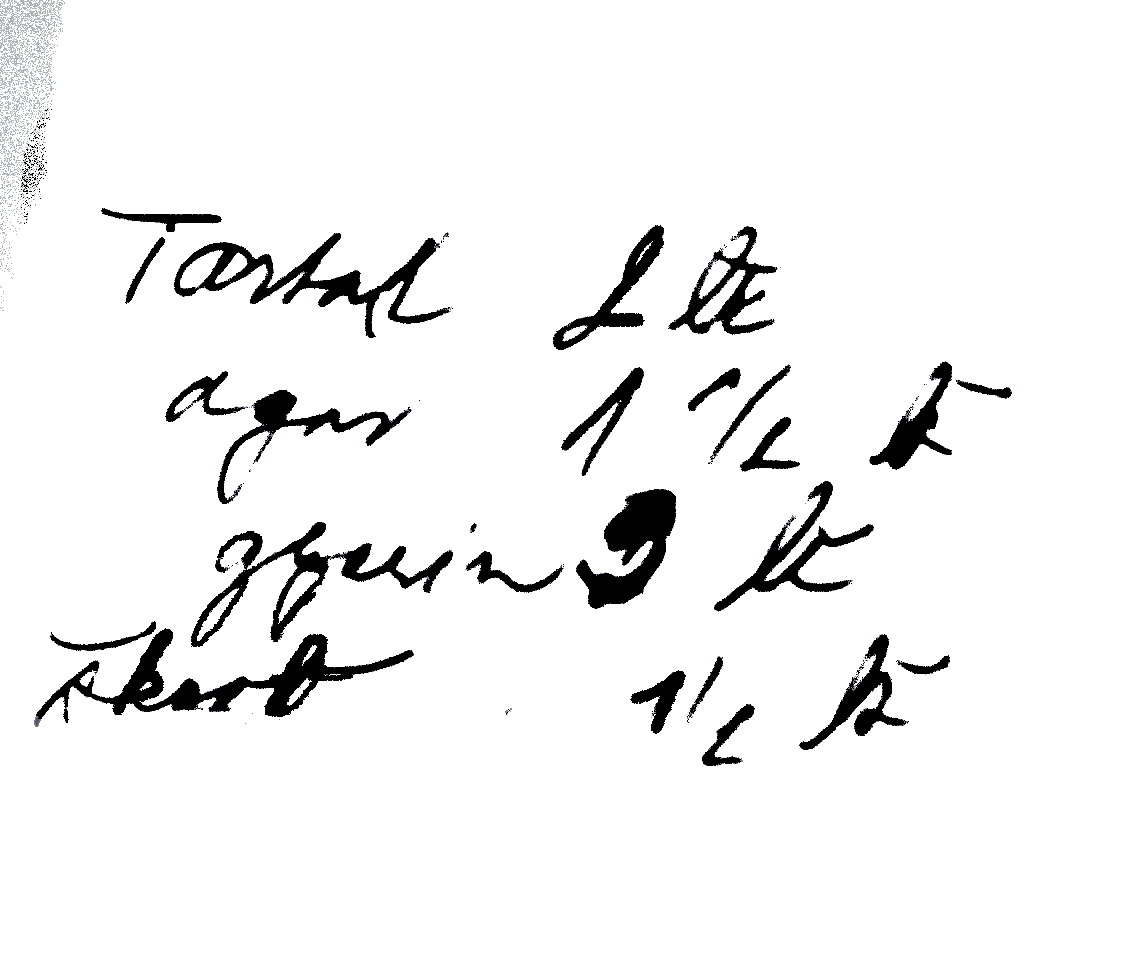Working title: Substance breakdown and transformation
29-07 - 30-07-2023
in PLATO Bauhaus
recommended entry: 200 Czech crowns
︎ process
︎ workshop
A weekend invitation to discussion and making for photographers, artists and amateurs who are interested in the photographic medium and the ecological thinking in the photographic practice. Together we worked with analogue photographic techniques that do not require photographic darkroom, and we experimented with alternative materials and processes which are, mainly but not only, plant-based.
We took an inspiration form PLATO's garden of the future/garden of the present, and the materiality of the photographic material.
It is recommended to participate on both days but if you can not, let me know. Each registered participant receives a pdf with more information prior the workshop and recipes of processes we cook together.
The language of the workshop was Czech and the collective Cookbook noting the used recipes resulted from the making.

Context:
Digestive systems ensure the intake and absorption of materials, while metabolic functions work towards transformation of matter and elimination of wastes. The exchange of substances and energy obtained from food ensures the functioning of the organism. Through material shift and the process of transformation, I think about the darkroom as an entity, a system that lives in intra-action (K. Barad) with its surroundings, materials and photographic equipment. It crosses light-tight walls and escapes through waste pipes or ventilation, absorbs minerals and materials through a chemical and physical process, through the fingertips.
The darkroom as an organism is a body that digests and transforms and at the same time exists in interdependence, symbiosis and extraction. This material and energy transformation and mapping of relationships between photographic materials, human and non-human/nature is an attempt to understand what ecological thinking means in the photographic process. It is an invitation to discussion and creation for photographers, artists and amateurs interested in the photographic medium.
Probably the most used light-sensitive material is based on the exposure of silver salts that are dispersed in a layer of gelatin. This is obtained by cooking skin, tendons, bones from slaughter waste, from cows or pigs. Gelatin is the carrier of a film emulsion placed on a suitable substrate (polyester, celluloid, barite,...). The basis of alternative photography is both to investigate alternative materials, but also to look critically at extraction, which does not disappear by simply replacing them. What is the role of photographers working with photosensitive materials? Is it possible to understand our work according to how we approach interdependence and responsibility? Can one imagine a symbiotic relationship between the photographer, the material, and the chosen process? And should material be used only to show a representation of the world around as seen by human eyes?


Pracovní název: Látková přeměna fotografického procesu
29-07 - 30-07-2023
PLATO Bauhaus
doporučené vstupné: 200 korun českých
︎ process
︎ workshop
Víkendová pozvánka k diskuzi i k tvoření pro fotografy, umělce a amatéry, kteří se zájímají o fotografické médium a ekologický proces. Společně jsme si vyzkoušeli práci s analogovými fotografickými technikami, které nevyžadují temnou komoru a zároveň experimentovali s alternativními materiály a procesy na (nejen) rostlinné bázi.
K tvorbě jsme se nechali inspirovat zahradou budoucnosti/přítomnosti v PLATO Bauhaus, a (foto)materialitou.
Výsledkem workshopu byla kolektivní kuchařka, kde jsme zaznamenali použité receptury a materiály.

Kontext:
Trávicí soustavy zajišťují příjem a vstřebání materiálů, přičemž dochází k metabolickým funkcím a vyloučení odpadů. Výměna látek a energie, které se získávají z potravin, zajišťuje chod organismu. Skrze látkovou přeměnu a proces transformace, přemýšlím o temné komoře jako o entitě, o soustavě, která žije v intra-akci (K. Barad) se svým okolím, materiály či fotografickými přístroji. Tedy překračuje světlotěsné stěny a uniká skrze odpadní trubky či ventilaci, vstřebává minerály a materiály skrze chemický a fyzický proces, skrze konečky prstů.
Temná komora jako organismus je tělo, které tráví a přeměňuje a zároveň existuje ve vzájmenné závislosti, symbióze i extrakci. Tato látková a energetická přeměna a mapování vztahů mezi fotografickými materiály, člověkem i ne-člověkem/přírodou je pokus o pochopení, co znamená ekologické myšlení ve fotografickém procesu. Je to pozvánka k diskuzi i k tvoření pro fotografy, umělce i amatéry, kteří se zájímají o fotografické médium.
Pravděpodobně nejpoužívanější světlocitný materiál je založený na exponování solí stříbra, která jsou rozptýlena ve vrstvě želatiny. Ta se získává z vaření kůže, šlach, kostí z jatečních odpadů, z krav či prasat. Želatina je nosičem filmové emulze rozmístěné na vhodné podložce (polyesterové, celuloidní, barytové,...). Základem alternativní fotografie je jednak zkoumat alternativní materiály, ale také kriticky nahlížet na extrakci, která nezmizí jejich pouhou výměnou. Jaká je role fotografů pracujících se světlocitnými materiály? Je možné chápat naši práci podle toho, jak přistupujeme k vzájmené závisloti a odpovědnosti? Lze si představit symbiotický vztah mezi fotografem, materiálem, a zvoleným procesem? A slouží materiál k pouhé reprezentaci toho, co člověk chce skrze fotografický proces zachytit?

Fomapan ISO 100, 22m minutes developing, overnight maceration in water

Development from the used ground coffee from the cafe in PLATO, Fomapan ISO 100, 40 minutes developing, overnight maceration in water